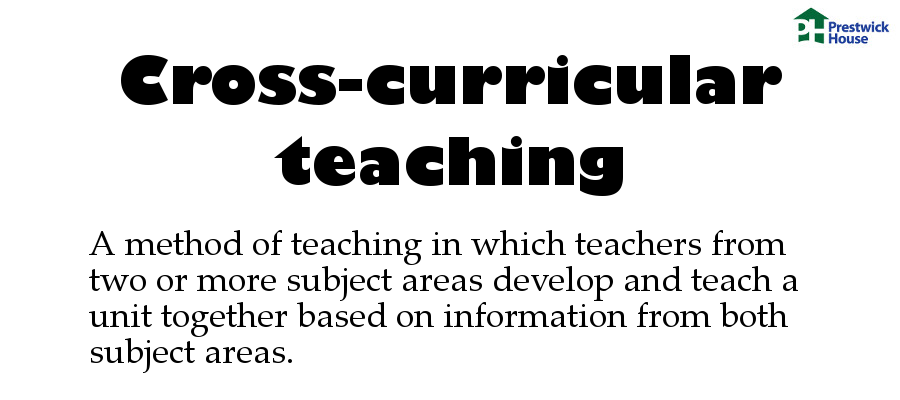What does "cross-curricular" mean?
When we talk about "cross-curricular" teaching or lessons, we're talking about using information from multiple subject areas to teach one thematic unit.
Perhaps the easiest way to understand how this works in the context of the English/Language Arts classroom is to examine texts that all but require explicit instruction about their historical context.
For example, Animal Farm is an allegorical story that students will better understand if they learn about the events it refers to: the Russian Revolution of 1917 and the subsequent developments that eventually led to Stalin assuming power.
If you're teaching Animal Farm, you could employ a cross-curricular approach by joining forces with a History teacher and developing a unit together. That's the basic idea behind cross-curricular teaching and learning.
Of course, connecting texts to their historical context isn't the only way to do cross-curricular teaching. ANY subject should fit into a cross-curricular model.
Team up with a Physics teacher to teach a unit about the recent Philae comet landing. Your students could read articles about the landing (informational texts!), and the Physics teacher could help them understand how advanced mathematics and knowledge of the workings of space made it possible.
Why take this approach?
A well-designed, well-taught cross-curricular unit will help students understand both subjects better than they would have understood either had a cross-curricular approach not been used. It's not hard to see why: what students are learning in your English class will be reinforced in their History class, and vice-versa.
This approach also makes learning a little more interesting for students, as it explicitly connects literature to other disciplines and helps them make connections back to the "real" world.
